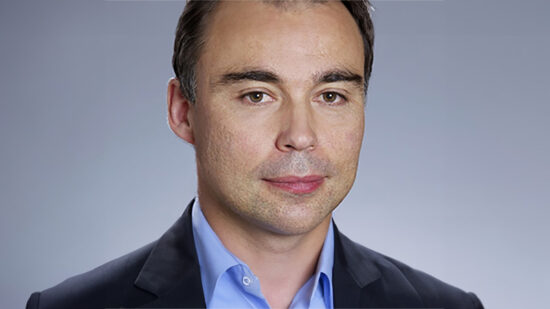One of the unusual aspects of what Parit Jakhria does as director of long-term investment strategy at Prudential Portfolio Management Group (PPMG) is to study myriad outlooks for a wide range of asset clas-ses using an in-house economic scenario generator.
Using a model called GeneSIS he comes up with economic scenarios, simulating a range of asset returns up until now, and then “going forward acknowledges there are going to be lots of possible futures”, he says.
The Monte Carlo analysis is grand in scale, covering asset classes and currencies, and how they might relate to each other for the next 40 years.
Jakhria, a fellow of the Institute of Actuaries and a Chartered Financial Analyst, was instrumental in the evolution of GeneSIS, and it was this expertise that resulted in his move from the actuarial side of the business to PPMG in 2006.
His philosophy breaks the world down in terms of asset class into economic building blocks and, as he puts it, “the rigour behind each of those building blocks”.
His current role came about 18 months ago, when PPMG was formed as fiduciary manager for Prudential UK & Europe, and he is now responsible for the multi-asset fund asset allocation at PPMG.
“We were spun-off. Previously, we operated within Prudential UK but now we are a standalone business. We sit in between all the insurance companies within Prudential UK and Europe and the asset managers.
“We allocate money from the insurance companies to the asset managers. While we are part of the same group, we are independent of any single internal manager such as M&G, so we can choose to allocate money to M&G, another internal manager or an external manager.”
Strategy and process
Setting long-term strategy, Jakhria takes into account market outlooks and the size of funds. As a team, PPMG also makes shorter-term calls to capitalise on opportunities.
“Even though a lot of mandates are internal to Prudential,” says Jakhria, “there are still a lot of decisions in terms of how the mandate is designed, what the benchmarks are and how we oversee our managers.”
He and his team have made strategic changes in direction in past years. In 2007, for example, they took a short credit position due to concerns over how tight credit spreads were.
“That is not to say we knew exactly when the crisis was going to happen,” he says. “All we were thinking was, ‘it feels a bit unreal for spreads to be so tight and it is only a matter of time and circumstance before they widen.’ Exactly how it would pan out, we were not to know.”
A more recent example came six to nine months ago, when they moved significantly from bonds into a mixture of equities, properties and alternative assets.
“That move has done quite well, especially the property play. Within equities, we reduced our UK holdings and moved into Japanese and European equities. That decision has also played out well over the past nine months.”
In terms of individual purchases, his role is to allocate the assets and give the mandates to the fund managers who then do the stock selection
About 15% of the main with-profits fund portfolio is in property. That increased by 4% last year, equating to around £10bn of assets, growing by more than a fifth over this period.
Mandates given to fund managers apportioned property exposure worldwide, with a fair amount in the UK and also in Europe, the US and across Asia. Jakhria believes having a local presence is important.
“We have a good asset management business within Asia through Eastspring, our in-house manager, which is mandated to look at a number of opportunities within Asia as part of a diversified global portfolio.”








